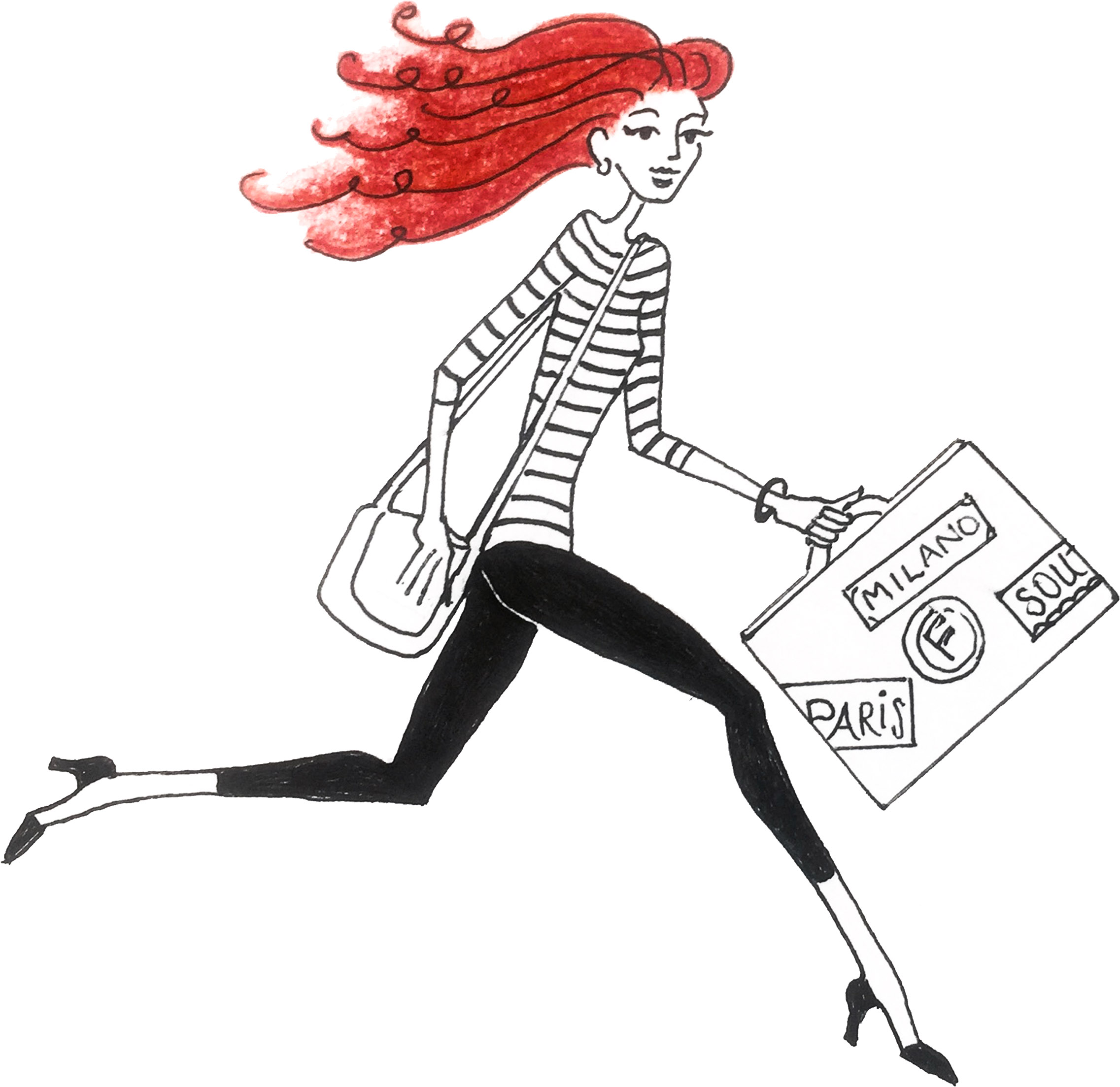Thirty things you may be surprised to learn the TSA will let you take through airport security.
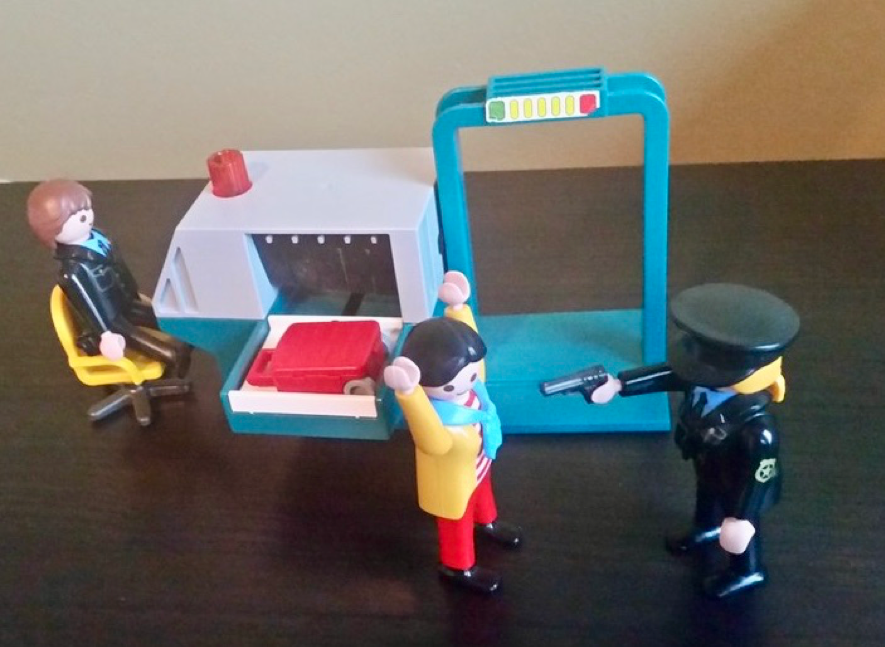
Going through the security checkpoint is often the least-favorite part of flying somewhere. It’s especially not fun if you’re not sure whether something you’ve brought will pass muster with the TSA.
You probably already know the basics of what you can and can’t carry on when it comes to airport screening. Here are 30 lesser-known permitted items:
- Solid foods are allowed in your carry-on.
Your favorite cookies or snack are no problem; the TSA permits solid food—which in addition to carrot sticks or a sandwich, includes things like cooked meat and seafood (no liquid), hard cheese, pizza, coffee (ground or beans), and fresh eggs.
Non-solid foods are a different story; they must meet the 3-1-1 liquids requirements. (That is, each liquid must be in a 3.4-ounce or less container, all containers must be placed inside one clear quart-sized plastic bag, and each passenger is allowed only one plastic bag.)
The rules for food in carry-ons have relaxed over the years; some unique nibbles that are permitted (per the TSA’s Twitter feed) include gingerbread houses, apple pie, and casseroles. Note: Some foods, even if allowed, may trigger additional screening. I’ve been told more than once my energy bar’s Mylar wrappers make them look like bricks of C-4 explosive on the x-ray.
You can bring an ice pack to keep foods chilled, as long as the ice is still fully solid when you go through security. If it’s melted at all, it’s considered a liquid and thus subject to the 3-1-1 rule.
There are some liquid-type foods you cannot ever carry on, even if they’re less than 3.4 ounces. These include creamy cheeses, liquid chocolate, liquid coffee, creamy dips and spreads, gravy, honey, hummus, ice cream, jam, jelly, juice, syrup, peanut butter, salad dressing, sauce, salsa, soda, soup, and yogurt.
For the rules pertaining to specific nibbles, check out the food section on the TSA’s website.
- Solid liquids are a go, too.
It bugs me to pay less for a case of water at Costco than for a single bottle in an airline terminal. Of course, I could bring an empty bottle and refill it with water once I pass through security. But what if you want something other than water to drink on the plane? Here’s the solution: freeze it.
Per TSA rules, “frozen liquid items are allowed through the checkpoint as long as they are frozen solid when presented for screening. If frozen liquid items are partially melted, slushy or have any liquid at the bottom of the container, they must meet 3-1-1 liquids requirements.”
So freeze that smoothie, filtered water, or Sparkling Ice (I’m looking at you, Pink Grapefruit flavor) from home and enjoy it on the plane once it thaws. Impatient to partake? Get a large cup of warm water from a restaurant or the restroom tap after you clear security to speed up the melting process.
- Eating utensils are okay in your hand luggage.
If you’re bringing your own food on the plane, what can you use to eat it? No worries—you can take disposable or reusable eating utensils for hassle-free dining on board. The TSA permits spoons, forks, and round-bladed butter or plastic knives on the plane; here’s my favorite set:
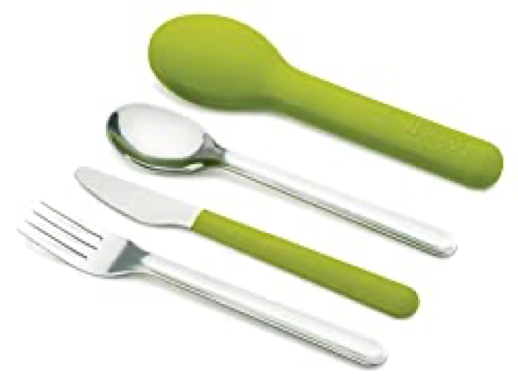
- Medications and prescriptions are allowed.
Wondering if you need to keep medication or prescriptions in original bottles when traveling? Nope—you can bring as much medication and many prescriptions (included syringes) as you need in your checked or carry-on luggage as long as it goes through proper screening.
Liquid meds must be transported in bottles of 3.4 ounces or less, and you must show them to a TSA officer at the checkpoint. (Note: Some states require prescription labels to remain on medication, so check local laws before traveling.) EpiPens and inhalers are allowed but may be subject to inspection.
What about medical marijuana? While TSA security officers allegedly don’t search for marijuana or other illegal drugs, if an illegal (under federal or state law) substance is discovered during a security screening, the officer will refer the matter to local law enforcement.
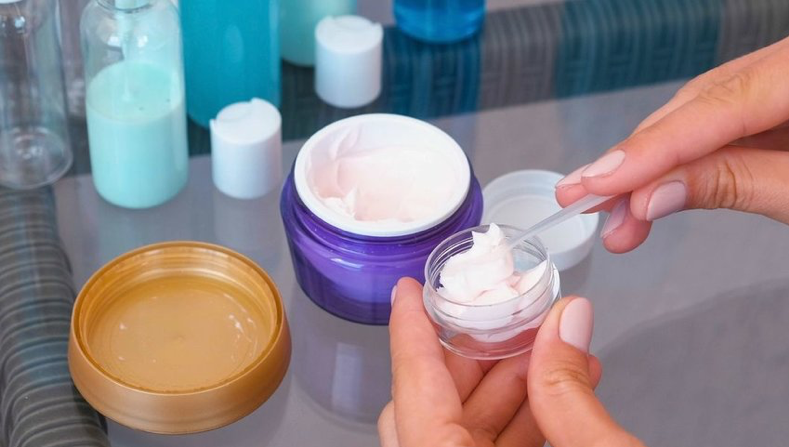
- Creams and lotions are considered liquids.
Anything you can pour, pump, spread, squeeze, smear, spray, or spill is considered to be a liquid and must comply with the 3-1-1 rule. Remember this when purchasing souvenirs to take in your carry-on bag; you can’t carry on more than 3.4 ounces of things like nut butter, sunscreen, face creams, or perfumes, even if they’re factory-sealed and unopened.
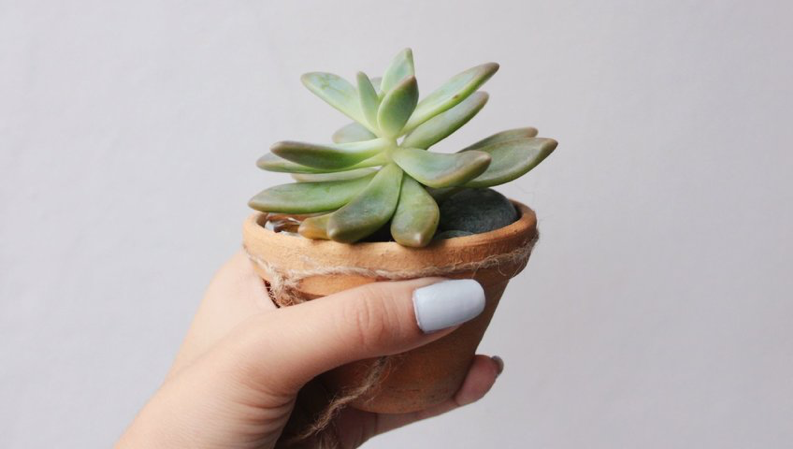
- You can bring plants on the plane.
If you want to travel with your trailing pothos or want to bring your host a calathea as a gift, no need to mail it beforehand—the TSA permits plants on planes. As long as your plant fits into the overhead bin or underneath your seat, you can fly with it.
Note: before you carry home that cute cactus from Arizona, check your state’s regs to make sure you aren’t bringing a prohibited plant across state borders. (There can be temporary or permanent restrictions due to specific insects or plant diseases.) And Hawaii has specific rules about which plants are allowed/banned from going into as well as out of the state.
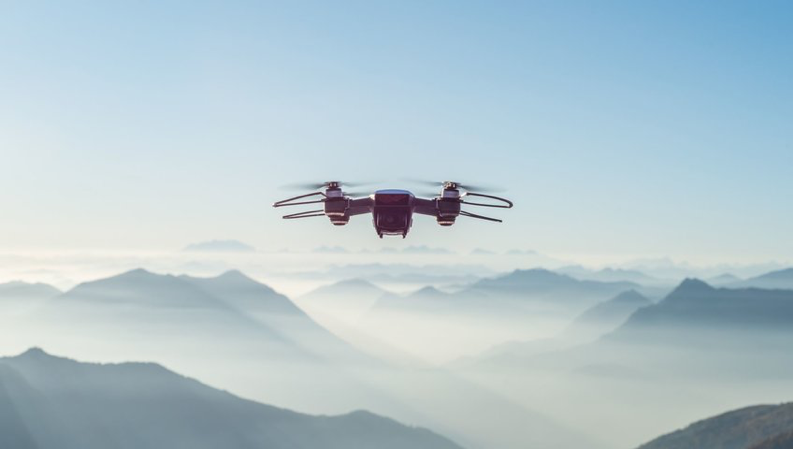
- Drones are permitted.
While the TSA allows drones in carry-ons; not all airlines do. Check on your carrier’s website or look to Dronethusiast for detailed explanations of the major airlines’ drone policies.
And while we’re talking about cameras, yes, selfie sticks are allowed through security.
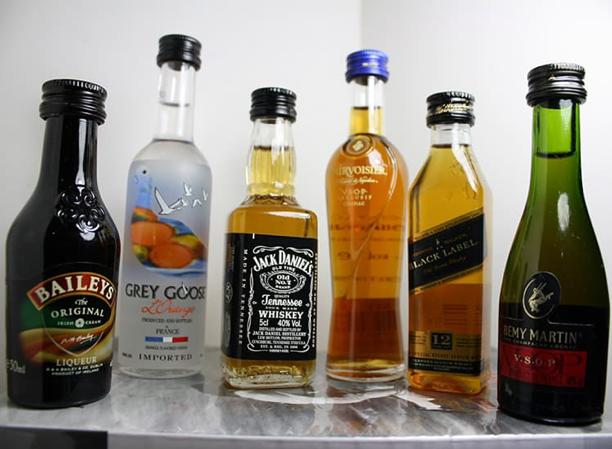
- Nips are okay.
As long as it’s less than 140 proof and in an unopened 3.4-ounce bottle that fits in your liquids baggie, “adult beverages” are allowed through the TSA checkpoint. (Note: FAA regulations prohibit travelers from drinking their carry-on alcohol unless it’s served by a flight attendant.)
- Twenty-two other things you may be surprised to learn you can take with you on the plane.
Per the What Can I Bring? section of the TSA website/app, you can bring the following in your carry-on or hand luggage:
-Antlers and bones (unless the TSA thinks there’s a safety issue; no pointy ends!)
-Balls: bowling, golf, tennis, soccer, basket, and base
-Bike chain
-Car parts (as long as they are fuel-free)
-Christmas lights
-Corkscrew (no blade)
-Crochet and knitting needles
-Desktop computer
-Disposable or Zippo lighter (although they’re banned on some aircraft in foreign countries)
-Duct tape
-Electronic cigarette (check that it is okay with your airline, too)
-Fishing pole
-Full-sized video game console
-Handcuffs
-Harry Potter wand
-Hookah
-Light saber
-Live fish and lobsters (both the pet and eating varieties)
-Night vision goggles
-Parachute (may be inspected to make sure it is properly packed)
-Screwdriver, lock pick, and most tools under 7 inches long
-Snow globe (that contains less than 3.4 ounces of liquid; must fit into your quart-sized liquids baggie)
Still not sure if you can take something with you after checking What Can I Bring? Send a specific query via the @AskTSA Twitter account. In my experience, they’ve been fairly swift in replying.
(For the record, the answer was “No” to carrying-on my polo mallet and a brick from Edgar Allen Poe’s house.)
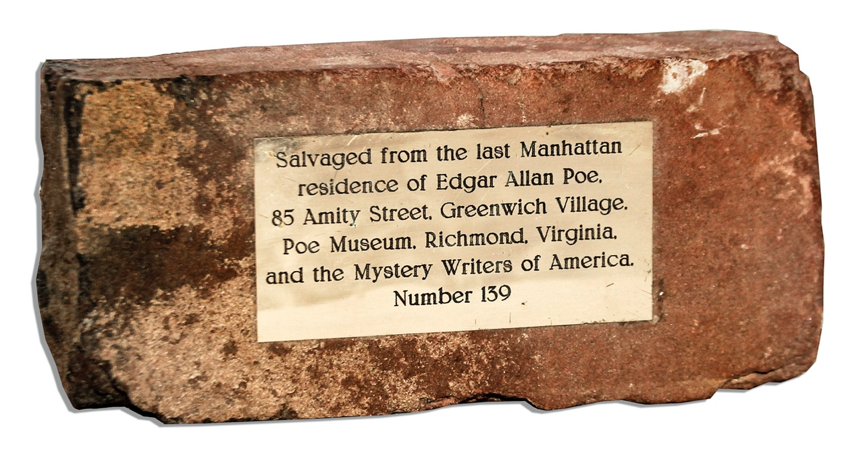
Before you leave for the airport, you may want to take a screenshot of the applicable TSA rule in case your screening agent isn’t up on the latest regs:

No matter what the rules says, the agent still has final say as to whether you can take an item on with you, so keep in mind what your mom told you about flies and honey.

Also remember just because the TSA will let you carry on an item doesn’t mean your airline will, too.
Twist’s Take: You may be surprised what you can take on board the plane; check out the TSA website/app/Twitter for specifics.
